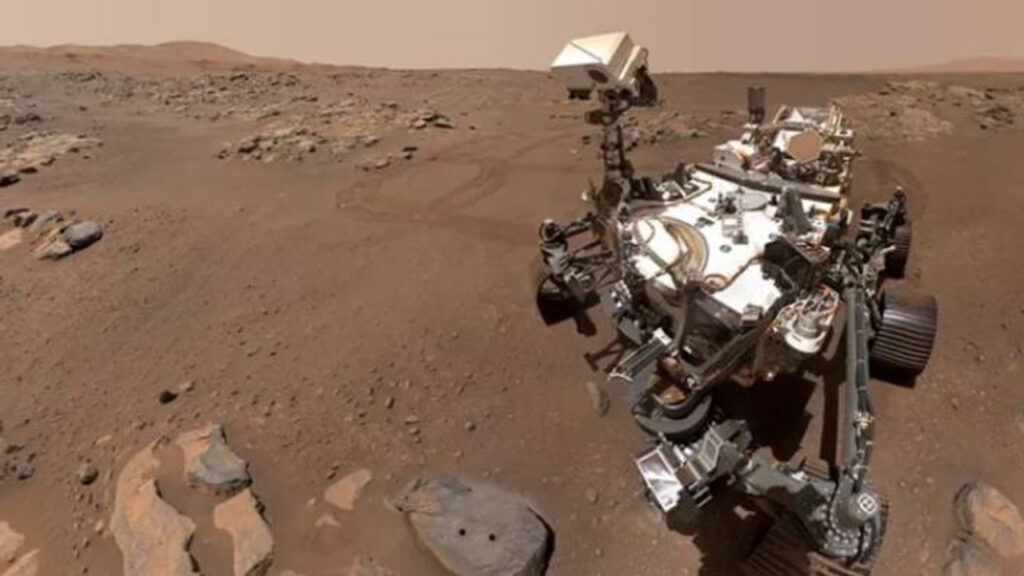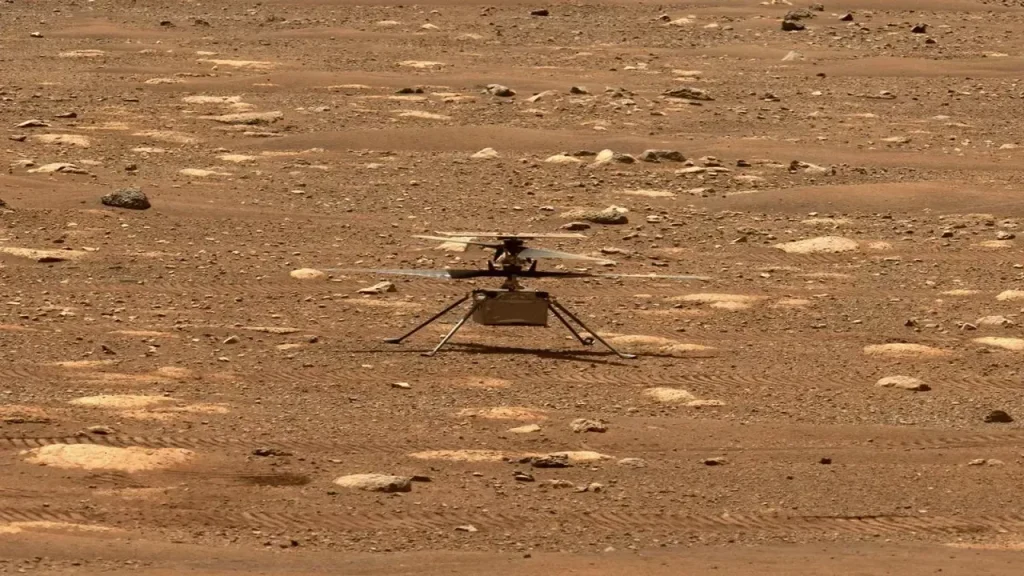The space agency controls its systems in space from the ground. NASA’s Mars robots receive their commands from the mission team at the Jet Propulsion Laboratory in Southern California. However, communication will be interrupted for the next few weeks. The Sun will block the communication between NASA and Mars. Here are the details..
NASA’s Mars robots will lose communication due to solar conjunction!
So why will this event happen? The Sun, the source of life for our planet, comes between Earth and Mars. But don’t worry! There is nothing to be afraid of. The scientific world calls this event the Solar Conjunction. This event repeats at regular intervals.

The orbits of Earth and Mars will be in the appropriate position. The two planets will see each other once again starting from November 25. This will allow the mission team to continue normal operations.
Affected robots include the Perseverance rover, which reached the Martian surface in 2021, and the lander Curiosity rover, which met the Martian surface in 2012. All three of NASA’s orbiters may be negatively affected by this situation. These orbiters include Odyssey, Mars Reconnaissance Orbiter and MAVEN.
NASA’s record-setting Mars helicopter Ingenuity is also among the robots affected by this situation. The Mars helicopter Ingenuity will receive its next flight plan, which it will transmit via its travel partner Perseverance. But first, he’ll take a well-deserved break.

Despite the disruption in communications, all of NASA’s instruments will continue to collect data. For example, Perseverance will continue to monitor weather and radiation changes. However, it will not be able to transmit the data it collects to Earth until the solar conjunction passes.
The solar conjunction took place in 2021. NASA has released a short animation to remind us of past events to show that we can live fully. This animation serves as a guide for the Solar conjunction event. Additionally, NASA announced that it may try to communicate with robots again during the solar conjunction. But there is bad news. Charged particles from the Sun can disrupt signals. In the worst case scenario, it could even harm rovers.
In this case, would NASA take all the risks? Instead, NASA may turn the two-week outage to its advantage. This could allow the team at JPL to catch up on other work or take a vacation.














